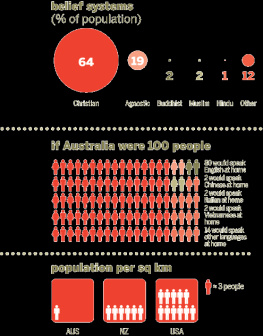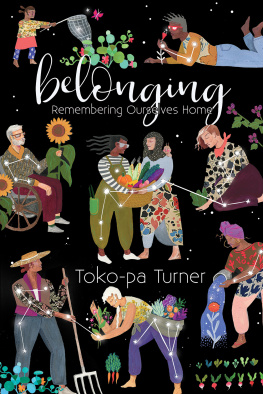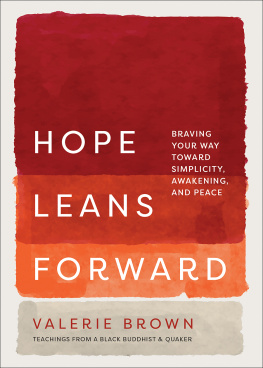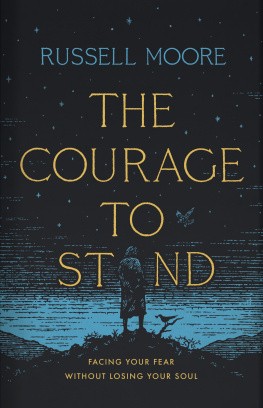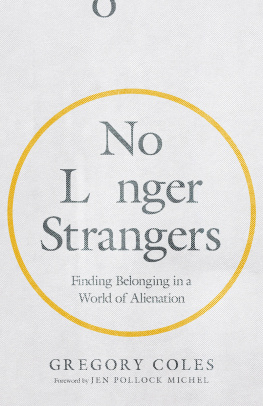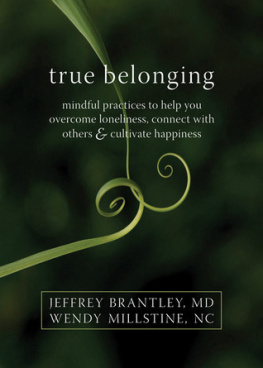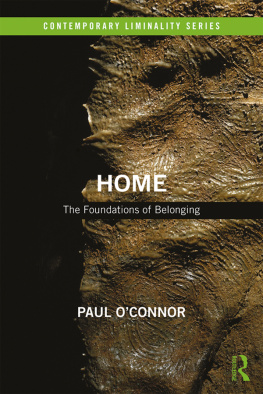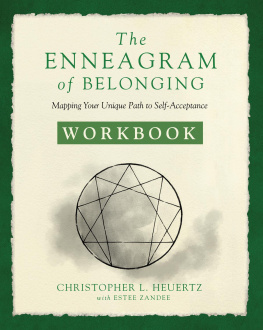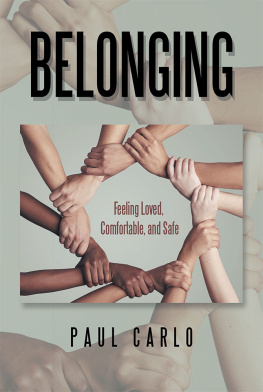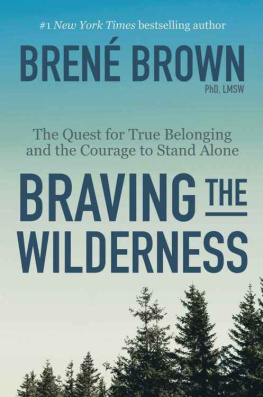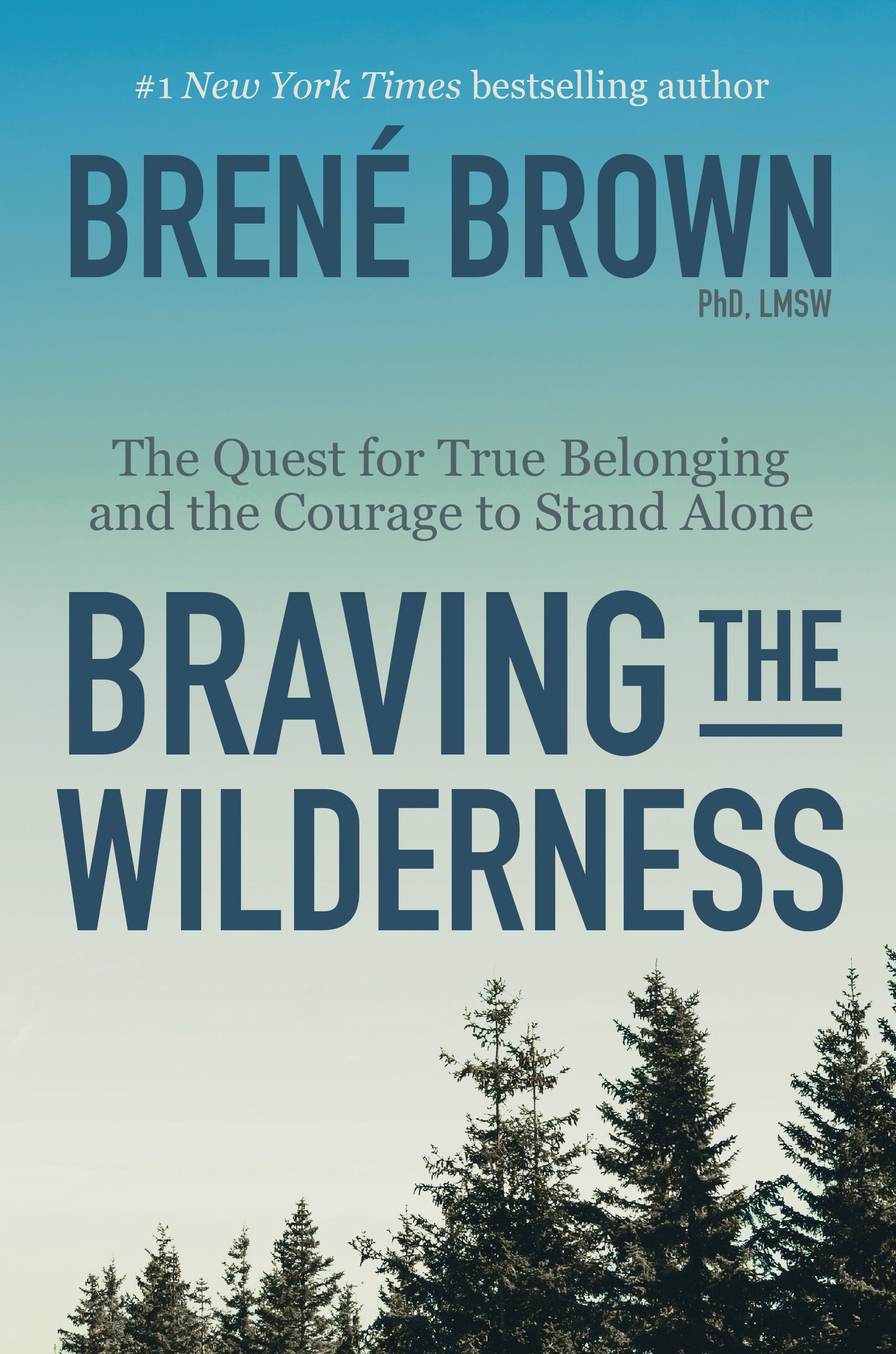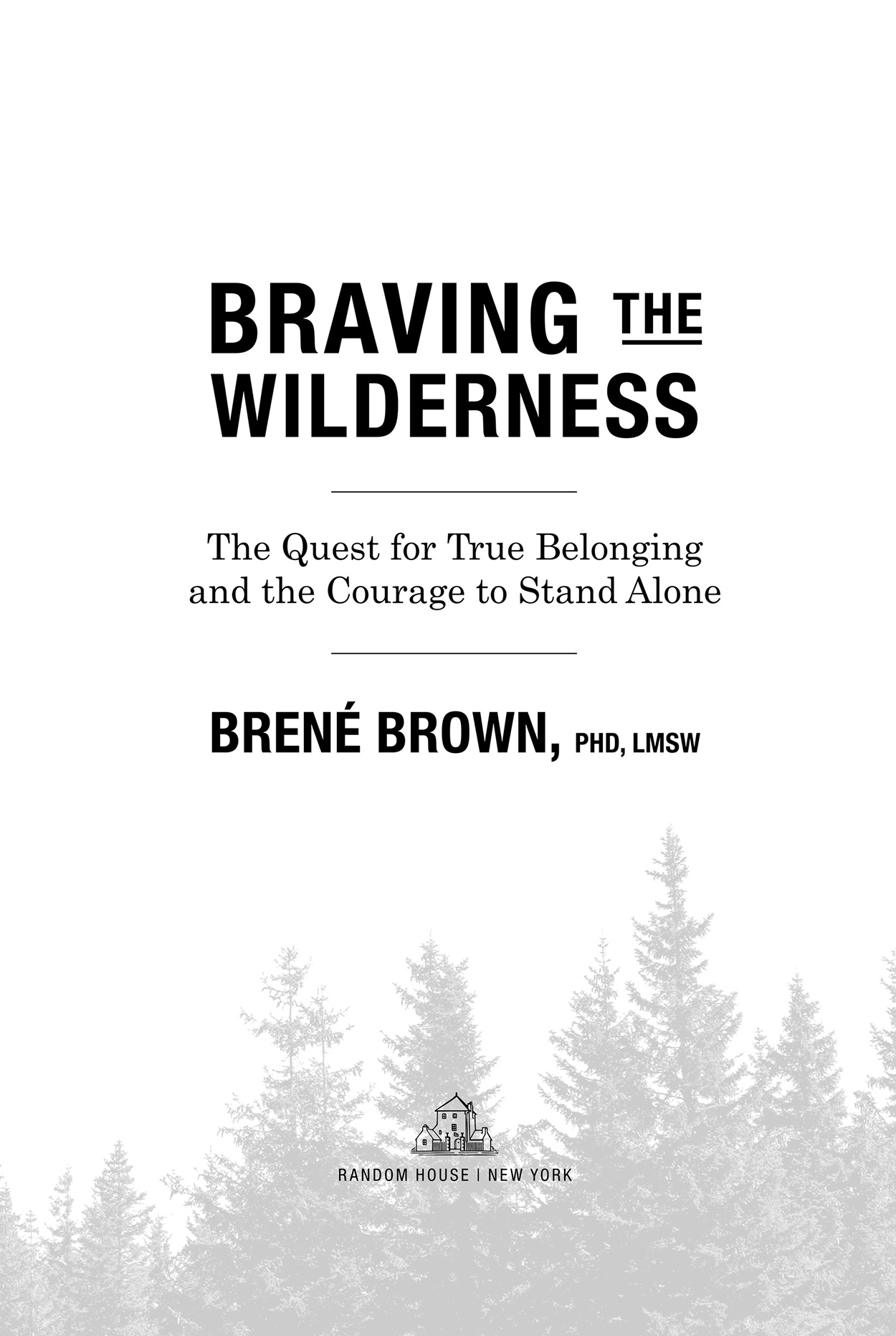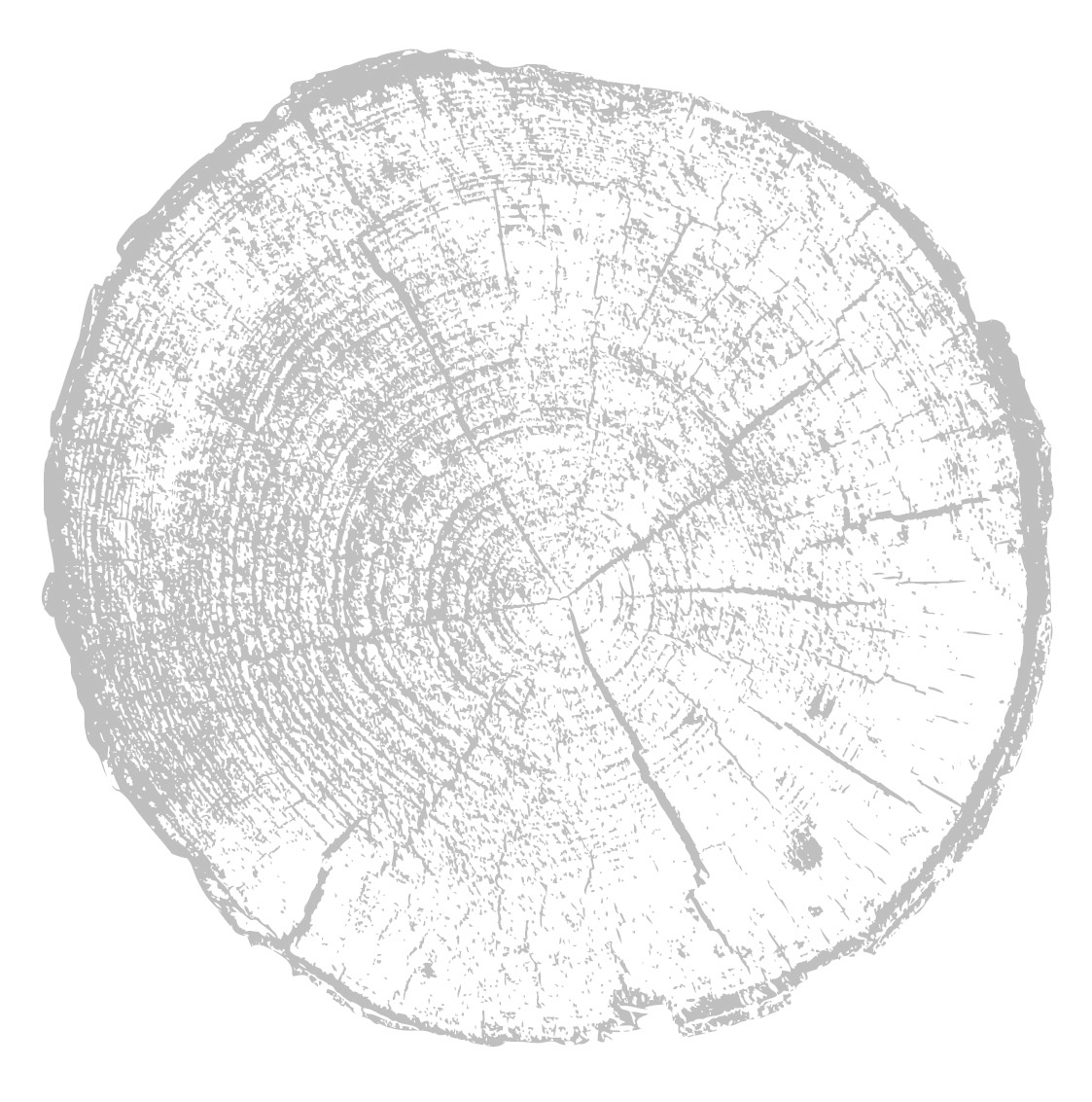This is a work of nonfiction. Nonetheless, some of the names and personal characteristics of the individuals involved have been changed in order to disguise their identities. Any resulting resemblance to persons living or dead is entirely coincidental and unintentional.
All rights reserved.
Published in the United States by Random House, an imprint and division of Penguin Random House LLC, New York.
R ANDOM H OUSE and the H OUSE colophon are registered trademarks of Penguin Random House LLC.
ONE
Everywhere and Nowhere
W hen I start writing, I inevitably feel myself swallowed by fear. And its especially true when I notice that findings from my research are going to challenge long-held beliefs or ideas. When this happens, it doesnt take long before I start thinking, Who am I to say this? Or, Im really going to piss people off if I call their ideas into question.
In these uncertain and risky moments of vulnerability, I search for inspiration from the brave innovators and disrupters whose courage feels contagious. I read and watch everything by them or about them that I can get my hands onevery interview, every essay, every lecture, every book. I do this so that when I need them, when Im living in my fear, they come to sit with me and cheer me on. Most important, while watching over my shoulder, they put up with very little of my bullshit.
Developing this process took time. In my earlier years, I tried the opposite approachfilling my mind with critics and naysayers. I would sit at my desk and picture the faces of my least favorite professors, my harshest and most cynical colleagues, and my most unforgiving online critics. If I can keep them happy, I thought, or at the very least quiet, Ill be good to go. The outcome was the worst-case scenario for a researcher or a social scientist: findings that were gently folded into a preexisting way of seeing the world; findings that carefully nudged existing ideas but did so without upsetting anyone; findings that were safe, filtered, and comfortable. But none of that was authentic. It was a tribute.
So I decided that I had to fire those naysayers and fearmongers. In their places, I began to summon up men and women who have shaped the world with their courage and creativity. And who have, at least on occasion, pissed people off. They are a varied bunch. J. K. Rowling, author of the Harry Potter books I love so much, is my go-to person when Im struggling with how to introduce a new and strange world of ideas that has only just emerged from my research. I imagine her telling me: New worlds are important, but you cant just describe them. Give us the stories that make up that universe. No matter how wild and weird the new world might be, well see ourselves in the stories.
The author and activist bell hooks comes to the fore when theres a painful conversation happening around race, gender, or class. Shes taught me about teaching as a sacred act and the importance of discomfort in learning. And Ed Catmull, Shonda Rhimes, and Ken Burns stand behind me, whispering in my ear, while Im telling a story. They nudge me when I become impatient and start skipping the details and dialogue that bring meaning to storytelling. Take us with you into that story, they insist. Countless musicians and artists also show up, as does Oprah. Her advice is tacked to the wall in my study: Do not think you can be brave with your life and your work and never disappoint anyone. It doesnt work that way.
But my oldest and most steadfast counselor is Maya Angelou. I was introduced to her work thirty-two years ago when I was studying poetry in college. I read her poem Still I Rise and everything shifted for me. It contained such power and beauty. I collected every Angelou book, poem, and interview I could find, and her words taught me, pushed me, and healed me. She managed to be both full of joy and unsparing.
But there was one quote from Maya Angelou that I deeply disagreed with. It was a quote on belonging, which I came across when I was teaching a course on race and class at the University of Houston. In an interview with Bill Moyers that aired on public television in 1973, Dr. Angelou said:
You are only free when you realize you belong no placeyou belong every placeno place at all. The price is high. The reward is great.
I can remember exactly what I thought when I read that quote. Thats just wrong.What kind of world would it be if we belonged nowhere? Just a bunch of lonely people coexisting. I dont think she understands the power of belonging.
For over twenty years, whenever that quote popped up in my life, I felt a rush of anger. Why would she say that? Thats not true. Belonging is essential. We must belong to something, to someone, to somewhere. I soon realized that the anger came from two places. First, Dr. Angelou had come to mean so much to me that I just couldnt stand the thought that we disagreed on something so fundamental. Second, the need to fit in and the ache of not belonging was one of the most painful threads in my own life. I couldnt accept the idea of belonging nowhere as freedom. Feeling like I never truly belonged anywhere was my greatest pain, a personal suffering that threaded through most of my pre-adult life.
It was in no way my liberation.
Experiences of not belonging are the time markers of my life, and they started early. I attended pre-K and kindergarten at Paul Habans Elementary on the west bank of New Orleans. It was 1969, and as wonderful as the city was and still is, it was a place suffocated by racism. Schools had only become officially desegregated the year I started. I didnt know or understand much about what was happening, I was too young; but I knew that my mom was outspoken and tenacious. She spoke up a lot and even wrote a letter to the Times-Picayune challenging the legality of what today wed call racial profiling. I could sense that energy around her, but to me, she was still just a volunteer in my homeroom and the person who made me, herself, and my Barbie matching yellow plaid shift dresses.
We had moved there from Texas, and that had been hard for me. I desperately missed my grandmother, but I was eager to make new friends at school and around our apartment complex. It quickly got complicated, though. Homeroom lists were used to determine everythingfrom attendance records to birthday party invitations. One day my moms room-mother partner waved the list in front of my moms face and said, Look at all of the black kids on here! Look at these names!






